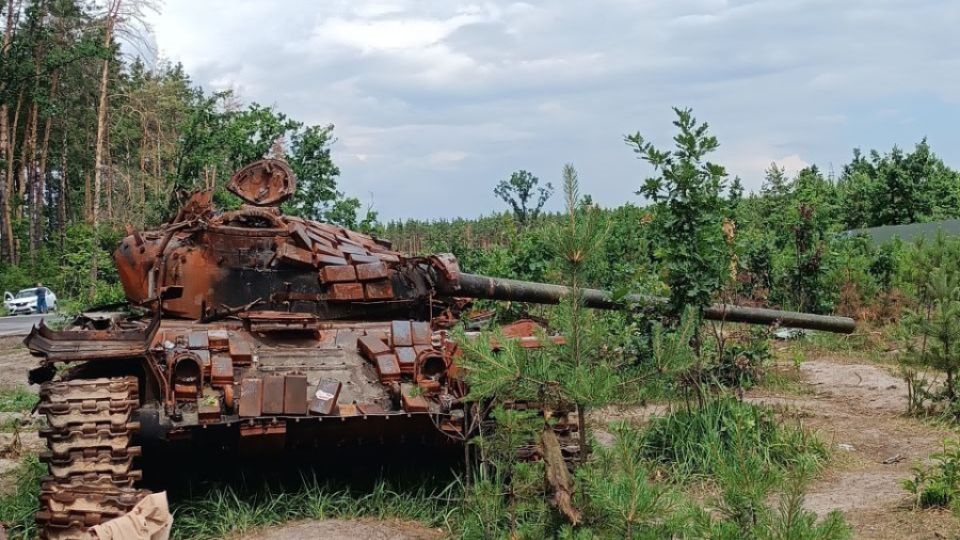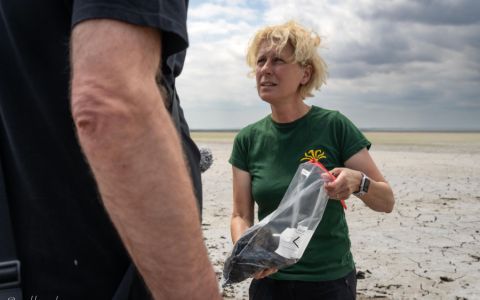Arnika welcomes the initiative of the Council of Europe [1] to create a register of damages caused by the Russian invasion. It hopes the register will also include the possibility of reporting environmental damage. According to a study [2] by Czech and Ukrainian authors published by the organization in February this year, Ukrainian ecosystems will have to cope with the huge amount of munitions and other consequences of the invasion for decades.
The study's authors defined three main categories of environmental damage caused by the Russian invasion. These are the direct contamination of the environment with toxic substances contained in munitions, explosives, rocket fuel and propellants; the physical destruction and devastation of habitats as a result of explosions, fires and combat activities; and accidents caused by shelling and rocket attacks on industrial facilities, with massive releases of highly hazardous substances.
As these toxic substances include ammonia, chlorine, petroleum products, polychlorinated biphenyls, and dioxins, all contaminated sites must be investigated and costly remediated.
The study warns that the areas affected by combat activities will take decades to recover their fertility and biodiversity. It stresses the importance of ensuring a comprehensive assessment of the environment's state after the war's end and drawing up a general plan for restoring the natural state of damaged areas, as well as special projects for decontaminating contaminated sites.
Marcela Černochová, the coordinator of Arnika's Ukrainian project, says on the issue: “In the first months of the war alone, from February to September 2022, 412 industrial facilities were registered as damaged, but also, for example, 978 medical facilities, more than 115,000 houses and 15,000 apartments. According to a statement by the World Bank in March 2023, it is necessary to calculate that the cost of reconstruction of destroyed Ukraine will reach at least 411 billion US dollars. Of this, environmental damage was estimated by the Ukrainian side in February this year at $50 billion. With each day of fighting, this figure is understandably increasing, so this is no triviality that the emerging register could have missed. Once the war is over, it will be necessary to comprehensively assess the scale of the war and develop a plan for the reconstruction of the devastated territory, including projects for the remediation of contaminated sites. Any reparations must be invested so that sustainability principles are respected in the reconstruction of Ukraine. On the other hand, it would be a mistake to invest in reviving the Ukrainian economy in its pre-war form, which was still largely burdened by the Soviet legacy of high energy and material intensity and high production of waste and emissions hazardous to human health.”

Notes:
[1] https://www.coe.int/en/web/portal/-/council-of-europe-summit-creates-register-of-damage-for-ukraine-as-first-step-towards-an-international-compensation-mechanism-for-victims-of-russian-aggression
[2] The full study in English is available HERE.







